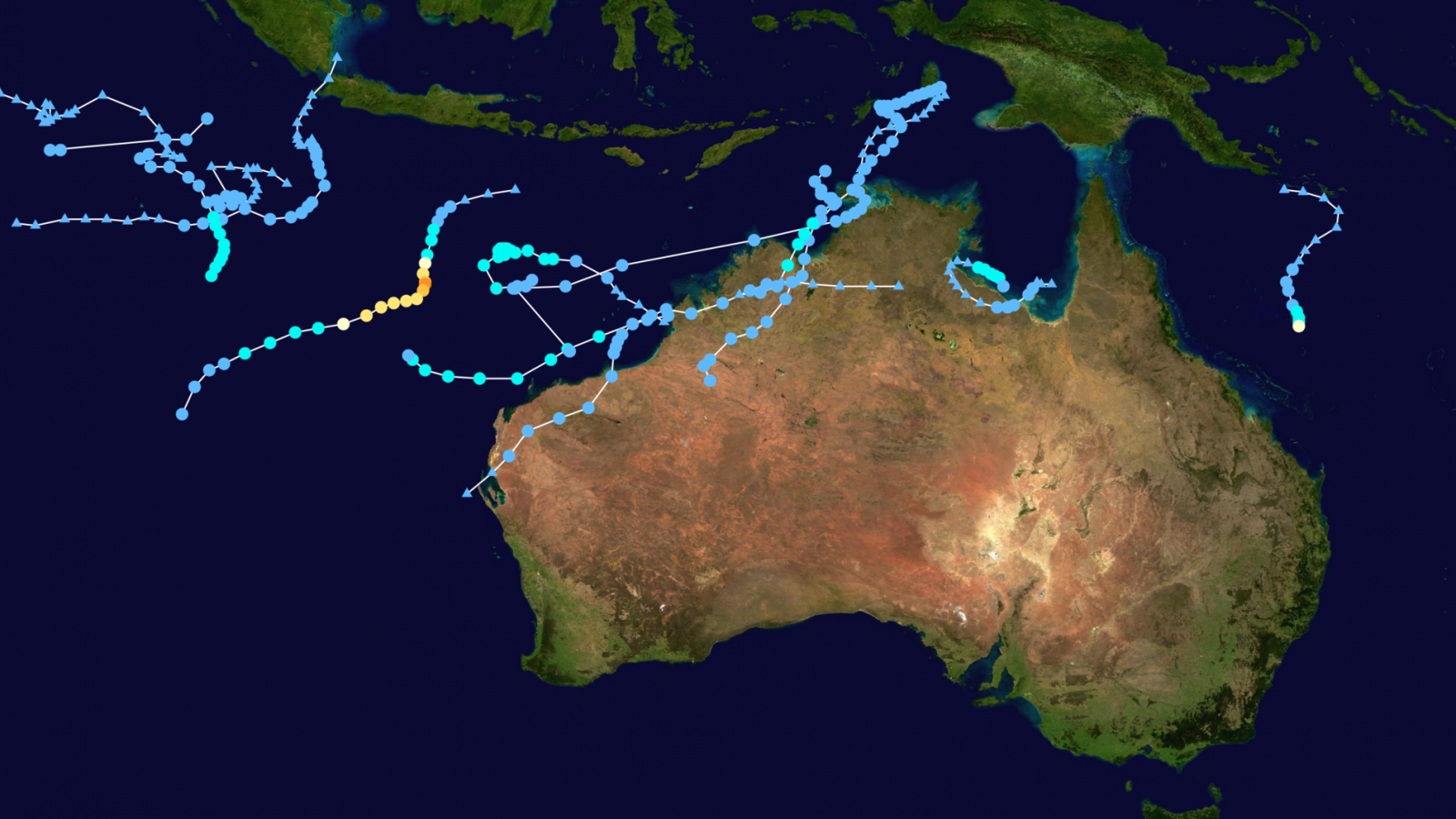Australia Boosts Cyclone Prediction Capabilities

New research from Australia's Bureau of Meteorology, in partnership with the oil and gas industry, is helping to deliver better tropical cyclone forecasts for offshore facilities.
The two-year research program, jointly funded by Shell, Woodside, Chevron and Inpex, developed new meteorological modeling that produces longer range and more detailed tropical cyclone forecasts.
Bureau Resource Sector Manager, Andrew Burton said: “This new research allows us to paint a much clearer picture of the threat from a tropical cyclone at a particular location, three to seven days ahead of the event.
“For the first time, offshore operators can receive an objective analysis of the risk at their location at timescales that match their operational response planning.”
Typically, around four tropical cyclones cross the Australian coastline in a season, and Australia's north-west Pilbara coast, a key oil and gas region, experiences more cyclones than any other part of of the country. Tropical cyclones are estimated to cause between A$40 and A$100 million a year in economic losses to Western Australia.
Another important new capability is guidance around wave conditions associated with cyclones. Offshore operators will now have a better insight into the highest wave conditions that could be experienced at a location – allowing them to safely relocate ships or de-man facilities if required, said Mr Burton.
Jan Flynn, Lead Met Ocean Engineer at Shell Australia, said it takes time to prepare an offshore facility for a tropical cyclone, and in the past the industry has shut down and de-manned facilities unnecessarily due to the uncertainty in the forecast.
“The exciting new capability from this joint partnership will allow oil and gas operators to make better informed decisions much earlier and on a more objective basis than previously possible, reducing the number of events where we respond unnecessarily,” she said.
